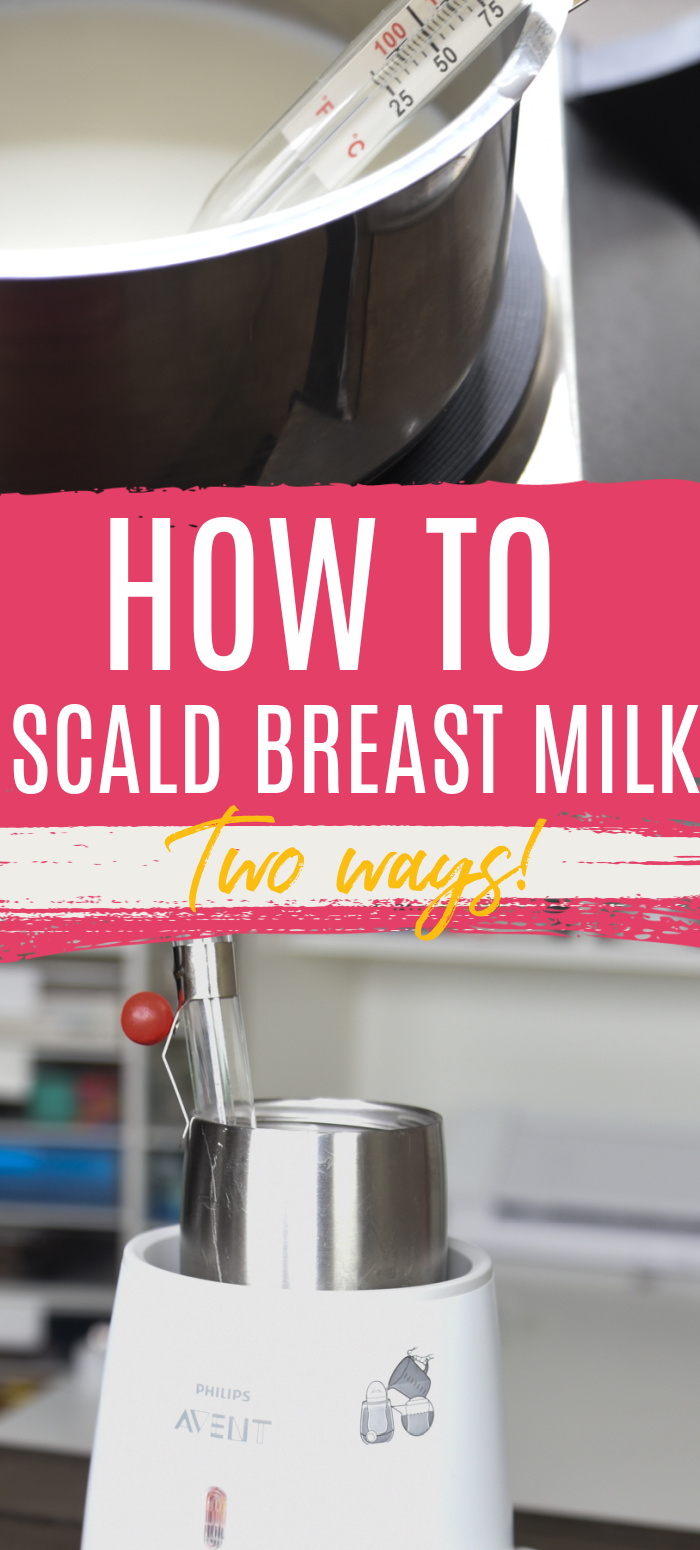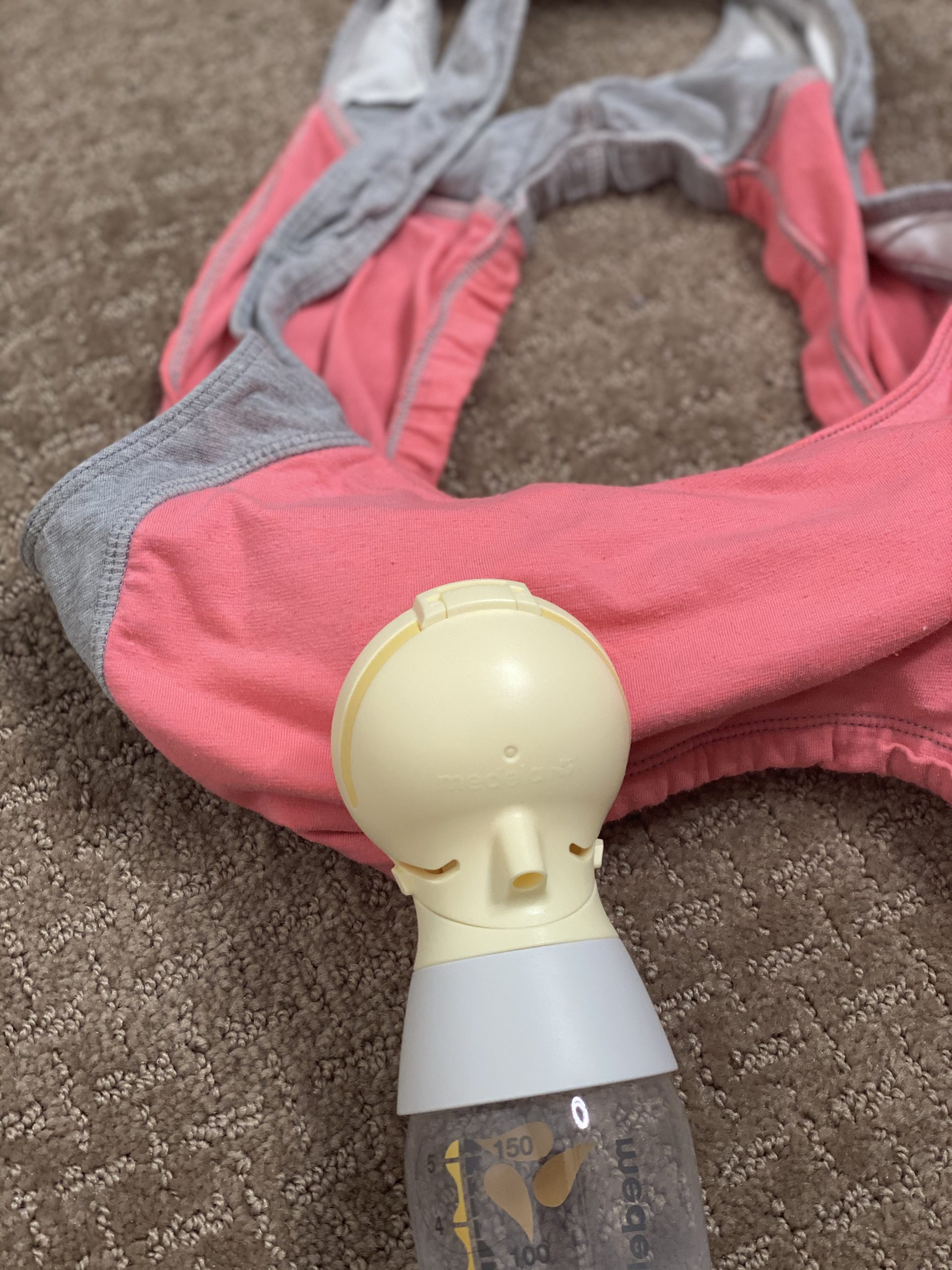For any breastfeeding mom, a decrease in milk supply is stressing. When you are pumping, it can feel especially stressful since you can see the drop in supply with each pumping session.
There are a variety of reasons why you suddenly might be noticing a drop in your pump output. Some issues are easier to resolve than others. This article dives into the most common reasons I see as an IBCLC.
Stop the overwhelm every time you run into a breastfeeding hiccup and join Fuss-Free First Year today. This is the resource I wish I had as a new mom to help guide me through the inevitable ups and downs that come with breastfeeding during the first year.
Supply Regulation
More often than not, a drop in your pumping output may be attributed to your body simply regulating to the amount of milk you’ve been demanding. Some mothers have an excess of supply in the beginning and as she pumps, her supply may go down what her body is demanding. This is why it’s important to regularly pump during the first few months to establish the baseline of what your body needs.
Need to Change Pump Parts:
Over time, pump parts such as valves, membranes, and tubing can wear out and must be replaced. To maintain optimal pump performance, regularly inspect and replace these parts.
If you pump regularly, you should change your valves and membranes monthly. However, if you notice a decrease in pump output, this is usually the first thing I recommend addressing.
Infrequent Pumping Sessions:
Regular and frequent pumping sessions are essential for maintaining milk supply. Skipping or delaying pumping sessions can signal to your body that less milk is needed, decreasing output. Stick to a consistent pumping schedule to ensure adequate milk production.
All women have a different storage capacity, so the amount of times you need to empty your breast during the day can vary. While some moms can drop pump sessions, others must pump more to maintain their baseline.
Inadequate Flange Fit:
Using the wrong flange size can lead to discomfort and ineffective milk removal. To maximize milk expression, make sure that you find the proper flange fit for your body’s unique anatomy.
Pump Motor Failure:
A malfunctioning pump motor can significantly affect your pump’s performance, decreasing output. If you suspect your pump motor is failing, contact the manufacturer for troubleshooting or consider replacing the pump. Most breast pumps have a warranty for about a year to cover any failures that might occur.
Pumping Anxiety:
Stress and anxiety can hinder the let-down reflex, making it difficult to express milk effectively. Creating a calm and relaxing environment, practicing deep breathing exercises, or listening to soothing music while pumping can help alleviate anxiety and improve pump output.
Here are some additional resources for decreasing anxiety while breastfeeding.
Lack of Breast Stimulation:
Proper breast stimulation is crucial for milk production. If you’re not massaging or compressing your breasts while pumping, you may not be fully emptying them, leading to a drop in output. Incorporate breast massage techniques into your pumping routine to enhance milk flow.
Hormonal Changes:
Fluctuations in hormone levels, such as those experienced during menstruation, pregnancy, or menopause, can impact milk supply. If you notice a sudden change in your milk supply, consider if any of these might be a factor.
Medication Side Effects:
Some medications, including certain birth control pills, decongestants, and antihistamines, can reduce milk supply as a side effect. Consult with your healthcare provider before you start a new medication or supplement to determine if it might impact your milk supply..
If you’re experiencing a drop in pump output, consider these factors and adjust your pumping routine as needed. Our team can help you worldwide with a virtual lactation consult, so make sure you book yours today!
More Articles You May Enjoy:
- Eight Risk Factors for Low Milk Supply
- How to Lose Weight While Breastfeeding (Without Losing Your Supply)
- Top 9 Best Lactation Supplements for Increasing Milk Supply








